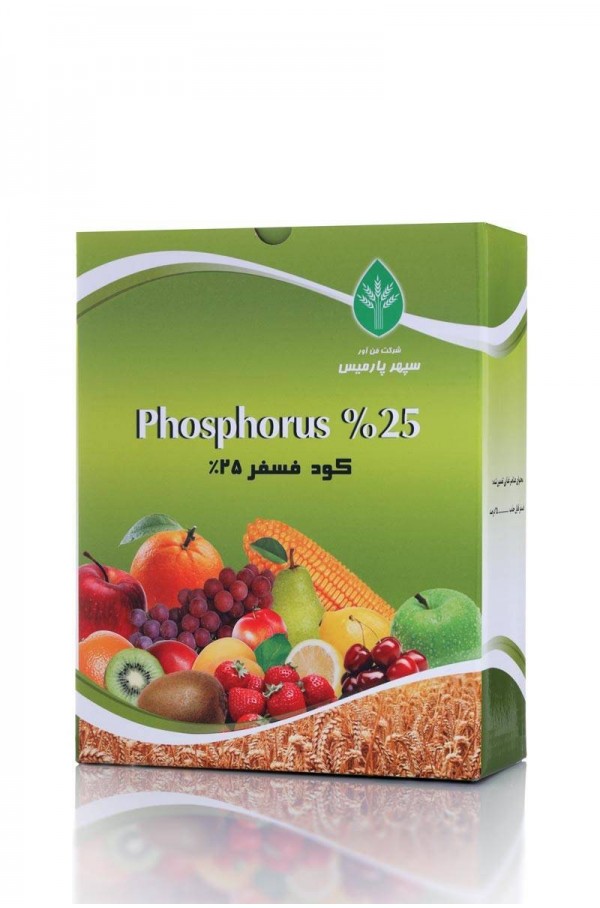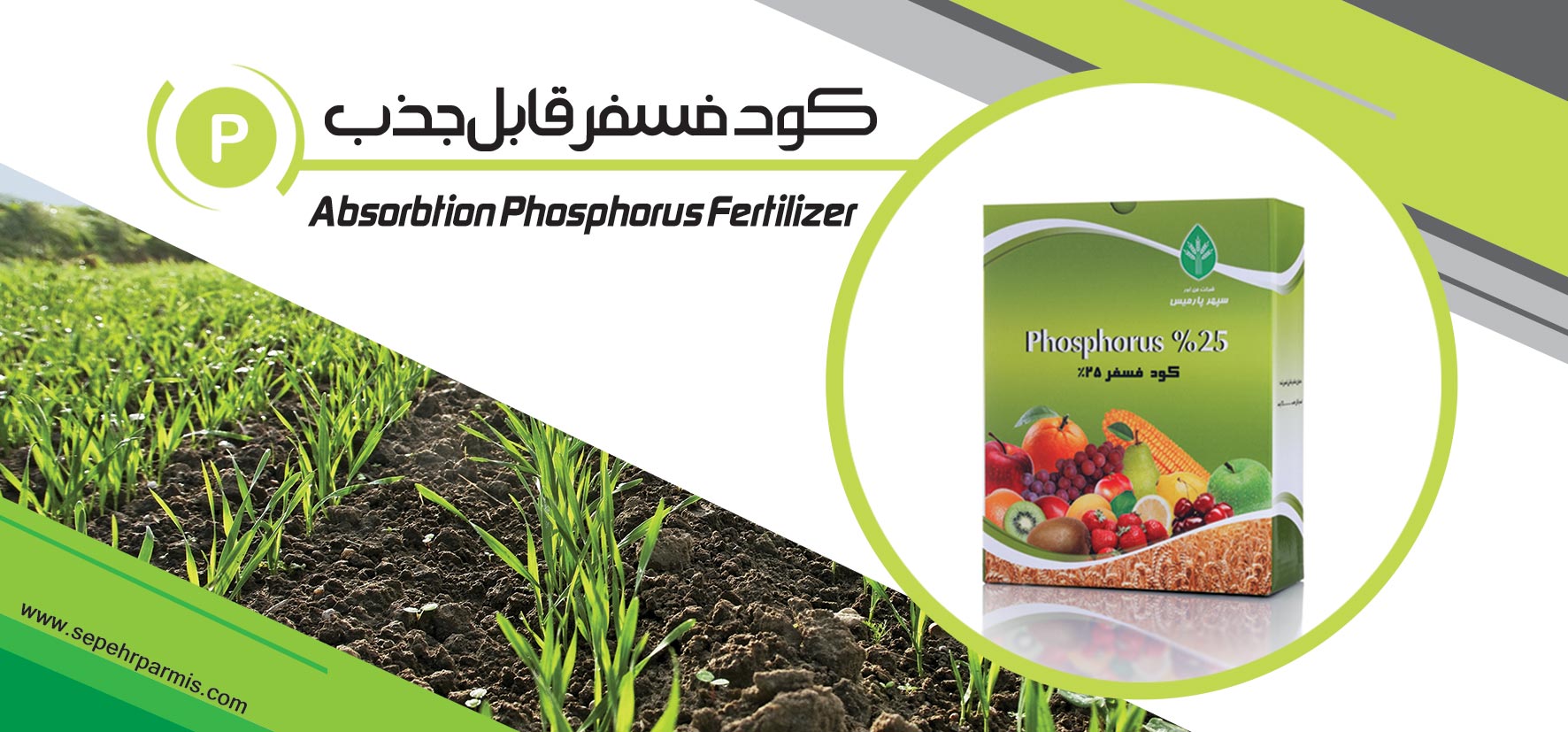
Liquid Zinc Fertilizer

Absorbable Phosphorus Fertilizer with organic matter contains free phosphorus ions and is produced in a complex form, which with low consumption, causes maximum absorption, supply of phosphorus needed by the plant, increase of root formation and non-fixation of phosphorus in the soil. Phosphorus is one of the essential elements for seed germination, photosynthesis, protein formation, growth and metabolism. Excessive consumption of phosphorus reduces the absorption of other elements such as iron and zinc, and due to the slow movement of phosphorus element and its stabilization in the soil, it is important to use phosphorus fertilizers with greater absorption capability. This fertilizer compensates for phosphorus deficiency in the fastest time with high absorbability and has a significant role in germination and root development.
Ingredients (Analysis) :
N 4%, Complex P 25%, OM 10%

Foliar, Irrigation, Seed Treatment, DeepPlacement
1-2 Kg in 1000 liters of water
2-4 Kg per Hectare
200 Gr per 200 Kg of seed
30-50 Gr per each full grown tree
At the start of germination and during the entire stages of plant growth
Phosphorus element is effective in root growth, flowering, fruiting and early ripening of the crop, and plays a role in energy transfer in fruit trees. This element has an increasing effect on the production of reproductive organs and is necessary in the structure of nucleic acids. Phosphorus is very important for seed germination, photosynthesis, protein formation, growth and metabolism in crops and garden plants and plays an essential role in seed and fruit formation.
Phosphorus deficiency will make the leaves turn dark, dull, blue-green, and may become pale in severe deficiency. Reddish, reddish-violet, or violet color develops from increased anthocyanin synthesis, the growth of the aerial part and the root is stopped or reduced and causes the plants to remain short. Phosphorus deficiency prevents the growth of lateral stems and delays the opening of blossoms and buds and the ripening of fruits. Also, due to the lack of this element, the number of leaves and branches of trees is reduced, the leaves become brittle and the side buds are lost. Signs of phosphorus deficiency in plants include dark and purple leaves, reduced growth and shortness of the plant.
Related Products